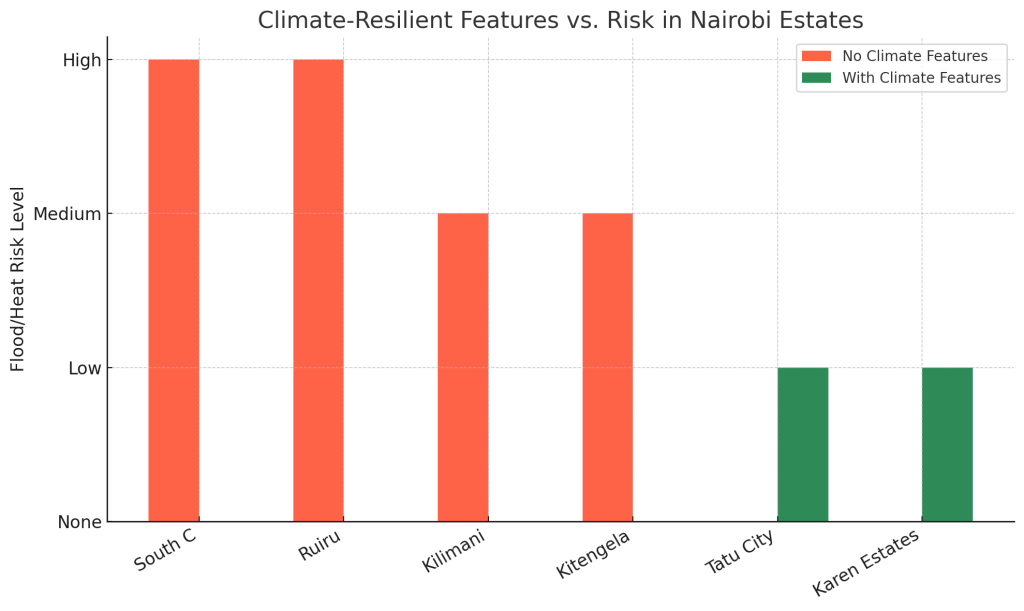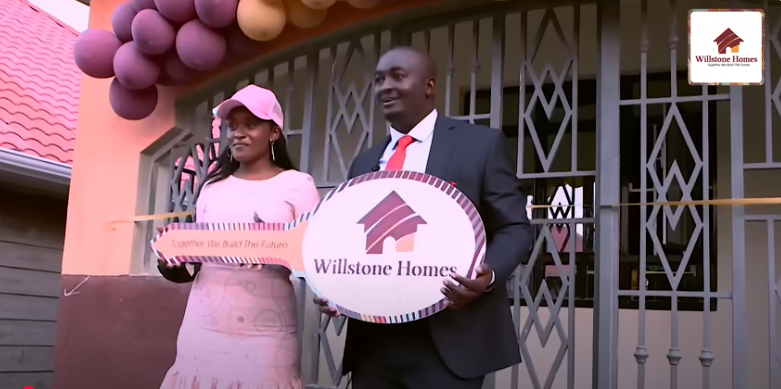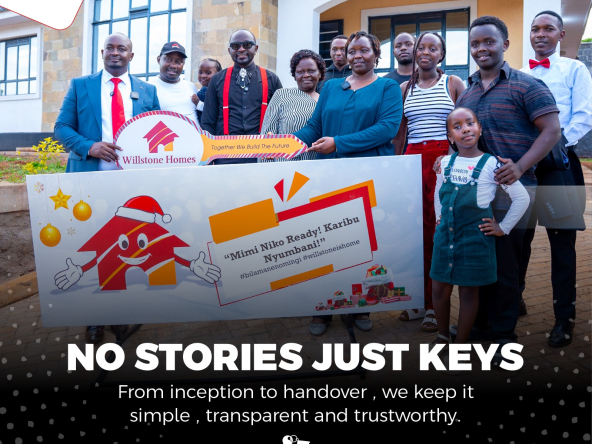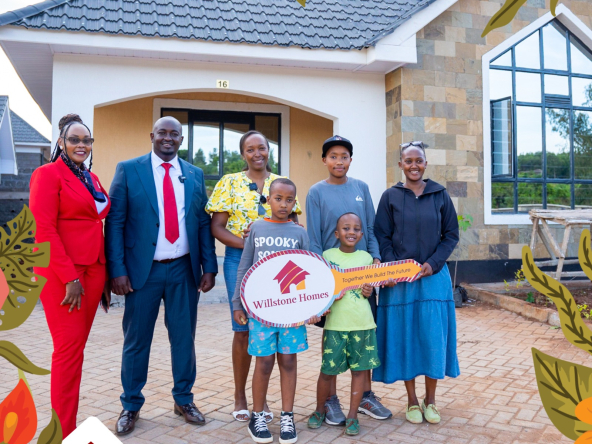Nairobi’s housing market has long been shaped by affordability, demand, and proximity to jobs. But a new factor is reshaping real estate decisions: climate resilience. With recent floods sweeping through estates in South C, parts of Ruiru, and even affluent areas like Riverside Drive, weak planning in Nairobi’s housing sector has been exposed. Nairobi’s rapid urbanization — the city now has over 5.3 million people (KNBS 2024) — has often overlooked climate risks.
As Nairobi real estate grows vertically in Kilimani and sprawls outward into Kitengela and Juja, the city must now reckon with how climate extremes like flooding and rising heat will redefine where and how people live.
The Rising Flood Risk in Nairobi Housing
- Recent Events: The 2024 floods displaced over 20,000 residents in Nairobi County (Kenya Red Cross, 2024). Estates built near riparian zones were hardest hit.
- Weak Planning: Many newer developments encroach on rivers, wetlands, and stormwater channels. By law, Nairobi has a 30m riparian reserve, but enforcement remains weak.
- Heat Islands: Highrise concrete clusters in Kilimani and Westlands trap heat, raising temperatures by 2–3°C higher than surrounding areas (NEMA urban heat survey 2023).
Table: Estates & Climate Risks in Nairobi
| Estate / Area | Climate Risk | Cause | Impact |
|---|---|---|---|
| South C | Flooding | Poor drainage, riparian encroachment | Homes submerged 2024 |
| Ruiru | Flooding | Weak zoning enforcement | Residents displaced |
| Kilimani | Urban heat island | Dense highrises, little greenery | Rising cooling costs |
| Kitengela | Drought & heat | Over-reliance on boreholes | Water scarcity |
Climate-Resilient Housing Features Emerging in Nairobi
- Green Buffers
Developers are beginning to integrate trees, rooftop gardens, and small parks into estates to reduce runoff and heat. - Permeable Pavements
Estates in Karen and gated projects like Tatu City are piloting porous pavements that allow rainwater absorption, reducing floods. - Riparian Zone Protection
Enforcement against riverbank developments is slowly tightening after repeated losses. - Early Warning Systems
New housing projects are exploring integration with Kenya Meteorological Department’s flood alerts, giving residents evacuation windows.
Policy Shifts & Incentives for Climate-Safe Housing
- Nairobi County Draft Zoning Plan (2025): Calls for stricter enforcement of riparian reserves and limits on highrise density without adequate drainage.
- Green Building Certification (EDGE, LEED): Developers now enjoy faster approvals and sometimes lower bank financing rates if they adopt climate-resilient designs.
- Affordable Housing Program (AHP): Incorporating solar roofing, rainwater harvesting, and green courtyards in select estates.
Read Also: Owning a Home in Nairobi Kenya with Willstone Homes – Together We Build the Future

A bar chart comparing housing estates with vs without climate-resilient features and their relative flood/heat risk (low, medium, high).
The Investment Case for Climate-Resilient Real Estate
- Properties with climate safeguards maintain 10–15% higher long-term value (HassConsult 2024).
- Buyers are increasingly factoring flood history into location choices.
- International investors are pushing for ESG-compliant developments in Nairobi.
Nairobi’s housing market cannot afford to ignore climate change. Flooding in South C and Ruiru, and rising heat in Kilimani, show that weak planning threatens not just lives but also property values. By adopting green buffers, permeable pavements, riparian protection, and smart zoning, Nairobi can build homes that stand strong against climate shocks.
For homeowners, investors, and policymakers, climate-resilient housing in Nairobi is no longer a luxury — it’s the future of sustainable urban living.
Read Also: Mang’u 50×100 Land for Sale: Why This Kiambu Opportunity is Gaining Ground




